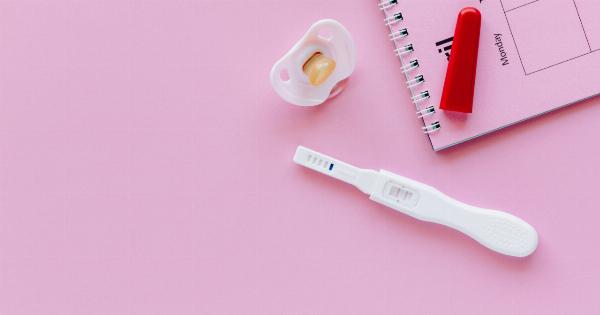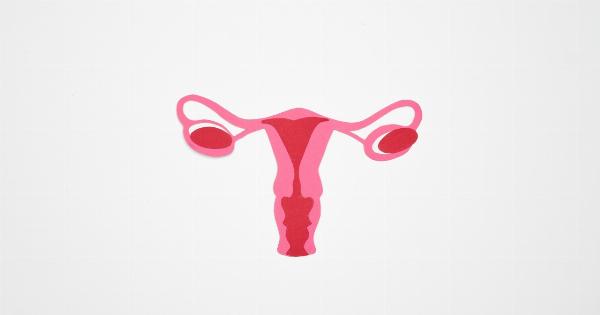When it comes to assisted reproductive technologies, In-vitro Fertilization (IVF) is undoubtedly one of the most well-known procedures.
IVF has helped countless couples worldwide overcome infertility and successfully achieve their dream of having a baby. This comprehensive guide aims to provide you with a complete understanding of IVF fertilization, from the initial stages to the final outcome.
What is IVF?
IVF, short for In-vitro Fertilization, is a complex medical process that involves the fertilization of an egg by sperm outside the body.
It is a highly effective fertility treatment that helps individuals and couples who have difficulty conceiving naturally.
Stages of IVF Fertilization
The process of IVF involves several crucial stages, each playing a vital role in achieving a successful pregnancy. Let’s delve into each of these stages:.
1. Ovarian Stimulation
The first step in IVF treatment is ovarian stimulation. It involves the administration of hormone injections to stimulate the ovaries, encouraging the production of multiple mature eggs.
Regular monitoring and ultrasounds are performed to track the growth and development of the follicles within the ovaries.
2. Egg Retrieval
Once the follicles have reached the desired size, egg retrieval is performed. This is a minor surgical procedure that involves inserting a thin needle into the ovaries to collect the mature eggs.
The procedure is usually carried out under sedation or anesthesia to minimize discomfort.
3. Sperm Collection
Simultaneously with the egg retrieval, the male partner is asked to provide a fresh semen sample. In some cases, where sperm cannot be obtained naturally, surgical sperm retrieval techniques may be employed.
4. Fertilization
After the collection of eggs and sperm, the fertilization process takes place in the laboratory. There are two different fertilization methods used in IVF: conventional insemination and intracytoplasmic sperm injection (ICSI).
In conventional insemination, the eggs and sperm are combined in a dish and left to fertilize naturally. With ICSI, a single sperm is injected directly into each mature egg to assist fertilization.
5. Embryo Development
Following fertilization, the embryos are allowed to develop and grow in a controlled laboratory environment. The embryos are closely monitored for their quality and progression.
In some cases, preimplantation genetic testing (PGT) may be conducted to identify any potential genetic disorders.
6. Embryo Transfer
Embryo transfer is the next crucial step in the IVF process. It involves the placement of one or more embryos into the uterus via a thin catheter inserted through the cervix.
The number of embryos transferred is determined based on various factors, including the patient’s age and the quality of the embryos.
7. Waiting Period and Pregnancy Test
Following the embryo transfer, a waiting period of approximately two weeks ensues. During this time, the patient is advised to refrain from strenuous activities and reduce stress.
After the waiting period, a blood test is conducted to determine whether the IVF procedure was successful and if pregnancy has been achieved.
8. Cryopreservation of Embryos
If there are surplus good-quality embryos remaining after the embryo transfer, they can be cryopreserved for future use. Cryopreservation involves the freezing and storage of the embryos at extremely low temperatures.
These frozen embryos can be thawed and used in subsequent IVF cycles, providing a chance for future pregnancies without the need for ovarian stimulation.
9. Pregnancy Outcome
Pregnancy outcomes after IVF can vary, and numerous factors influence the success rate. These include the quality of embryos transferred, the age of the female partner, the cause of infertility, and the overall health of the couple.
Consulting with a fertility specialist can provide a clearer understanding of the chances of a successful pregnancy.
10. Emotional and Financial Considerations
IVF can be an emotionally and financially challenging journey for couples undergoing the treatment. It is important to be prepared for the various emotional ups and downs that can arise during the process.
Seeking emotional support from loved ones or professional counselors can help individuals and couples cope with the stress related to IVF. Additionally, it is essential to consider the financial implications of IVF, as the treatment costs can be substantial.
Exploring insurance coverage, fertility grants, or other financial assistance options may help alleviate some of the financial burdens.
Conclusion
In-vitro Fertilization (IVF) is a remarkable fertility treatment that has provided hope to countless individuals and couples struggling with infertility.
Understanding the comprehensive process of IVF, from ovarian stimulation to embryo transfer, can empower those undergoing the treatment to make informed decisions and approach the journey with confidence. Remember, the support of a skilled fertility specialist and a strong emotional support system can greatly contribute to the overall success and well-being throughout the IVF process.






























